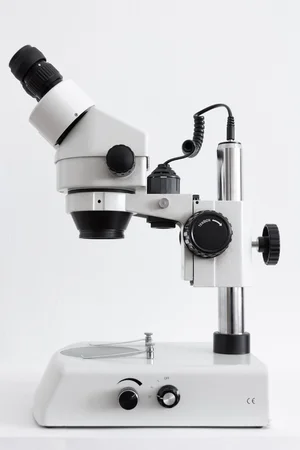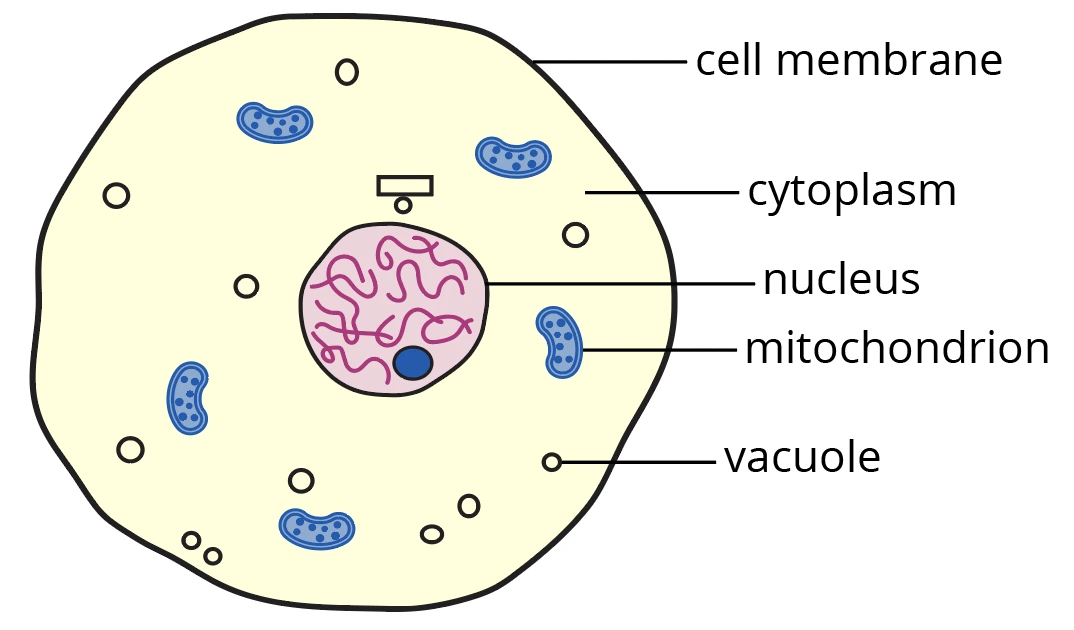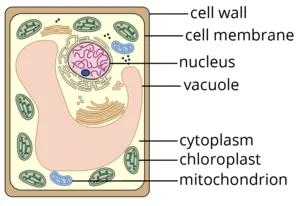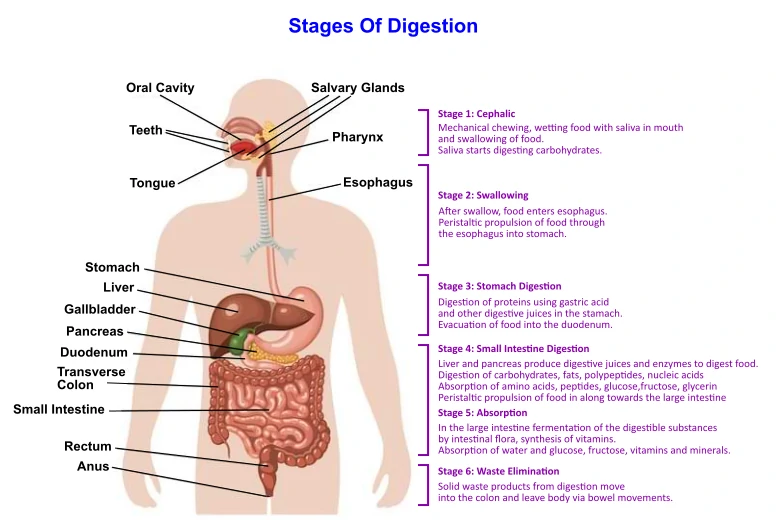Model Of Cells - The Basic Unit Of Life
In this article, the following are the objectives that will be discussed.
- Understand that cells are the basic building blocks of organisms.
- Understand the difference between unicellular and multicellular organisms.
- Identify and state the functions of the different parts in a typical animal and plant cell.
What are cells?
Cells are the basic building blocks of organisms. Living organisms can be classified into unicellular and multicellular organisms, which are made up of cell(s).
What are unicellular organisms?
Unicellular organisms are simple organisms made up of only one cell.
Example:
paramecium, bacteria, and yeast
What are multicellular organisms?
Multicellular organisms are complex organisms made up of many cells.
How are cells observed?
Cells are too small to be seen by the naked eye.

Credits: Pawel Czerwinski
Microscopes are used to enlarge the size of cells to allow us to see them more clearly.
Typical Animal Cell
The diagram below shows a typical animal cell and their structures.

- The cell membrane is a partially permeable membrane that controls the movement of substances into and out of the cell.
- The cytoplasm is a jelly-like substance where chemical reactions take place.
- The nucleus is the largest structure in the cell that controls the activities taking place within the cell. The nucleus contains chromosomes, which contain genetic information that are passed down from one generation to another.
- The mitochondrion releases energy for the cell through the process of aerobic respiration.
- The vacuole contains water and other nutrients needed for the organism to survive.
Typical Plant Cell
The diagram below shows a typical plant cell and their structures.

- The cell wall is a thick layer surrounding the cell membrane, made up of cellulose, that supports the cell and gives it a regular shape.
- The vacuole in the plant cell contains a liquid called cell sap, which is made up of water and dissolved materials, such as sugars and mineral salts.
- The chloroplast contains a green pigment called chlorophyll, which is responsible for the absorption of light energy. The chloroplast is the site of photosynthesis.
Revision Questions
Here are some questions for us to look into on the objectives of this article.
Question 1:
Which of the following statements is not true about the cell wall?
- It is a thick layer that surrounds the cell membrane.
- It is a partially permeable membrane.
- It is made up of cellulose.
- It gives the cell a fixed shape.
Solution:
(B) It is a partially permeable membrane.
Explanation:
The cell wall, found only in plant cells, is a fully permeable membrane.
Question 2:
Every cell has a cytoplasm.
Which of the following statements is true about the cytoplasm?
- It is a jelly-like substance where chemical reactions occur.
- It is a jelly-like substance where no activities occur.
- It is a solid substance where chemical reactions occur.
- It is a solid substance where no activities occur.
Solution:
(A) It is a jelly-like substance where chemical reactions occur.
Explanation:
The cytoplasm is a jelly-like substance where chemical reactions take place.
Question 3:
Which of the following is the largest structure in an animal cell?
- cell membrane
- chromosomes
- nucleus
- vacuole
Solution:
(C) nucleus
Explanation:
The nucleus is the largest structure in the cell that controls the activities taking place within the cell.
Question 4:
Which of the following describes the function of chromosomes?
- contain genes responsible for heredity
- kill microorganisms inside the body
- make proteins inside the cell
- produce enzymes needed for digestion
Solution:
(A) contain genes responsible for heredity.
Explanation:
Chromosomes are structures found in the nucleus, that contain genetic information that is being passed down from one generation to another.
Question 5:
Which of the following reasons explain why green leaves are able to make food on their own?
- They are able to carry out respiration.
- The green pigments are responsible for storing food.
- They contain chlorophyll that absorbs sunlight for photosynthesis.
- They contain chloroplasts that carry out respiration.
Solution:
(C) They contain chlorophyll that absorbs sunlight for photosynthesis.
Explanation:
The chloroplast contains a green pigment called chlorophyll, which is responsible for the absorption of light energy. The chloroplast is the site of photosynthesis. Photosynthesis is the process where carbon dioxide and water are used, in the presence of light energy and chlorophyll, to produce glucose and oxygen.
Question 6:
A typical animal cell serves as a model used to explain the structures and functions of the different parts of a cell. What type of organisms does the typical animal cell represent?
- animals only
- plants only
- animals and plants
- animals, plants and microorganisms
Solution:
(A) animals only
Explanation:
A typical animal cell does not have a cell wall, chloroplasts and a large central vacuole, which are present in plant cells. Hence, a typical animal cell can only represent cells of animals.
Question 7:
A student used a powerful microscope, and he observed some thread-like structures found within the cytoplasm but outside of the nucleus.
He concluded that they were chromosomes.
(a) Do you think his conclusion is correct or incorrect?
- correct
- incorrect
Solution:
(B) incorrect
Explanation:
Chromosomes are found inside the nucleus. Hence, the thread-like structures found within the cytoplasm may not be chromosomes.
(b) Which of the following explains why he is correct?
- Chromosomes found in the cytoplasm should be coiled, not thread-like.
- Chromosomes are found in the nucleus, not in the cytoplasm.
- Vacuoles look similar to chromosomes.
- These structures have moved out of the nucleus.
Solution:
(B) Chromosomes are found in the nucleus, not in the cytoplasm.
Explanation:
Chromosomes are found inside the nucleus. Hence, the thread-like structures found within the cytoplasm may not be chromosomes.
 SG
SG  VN
VN 











